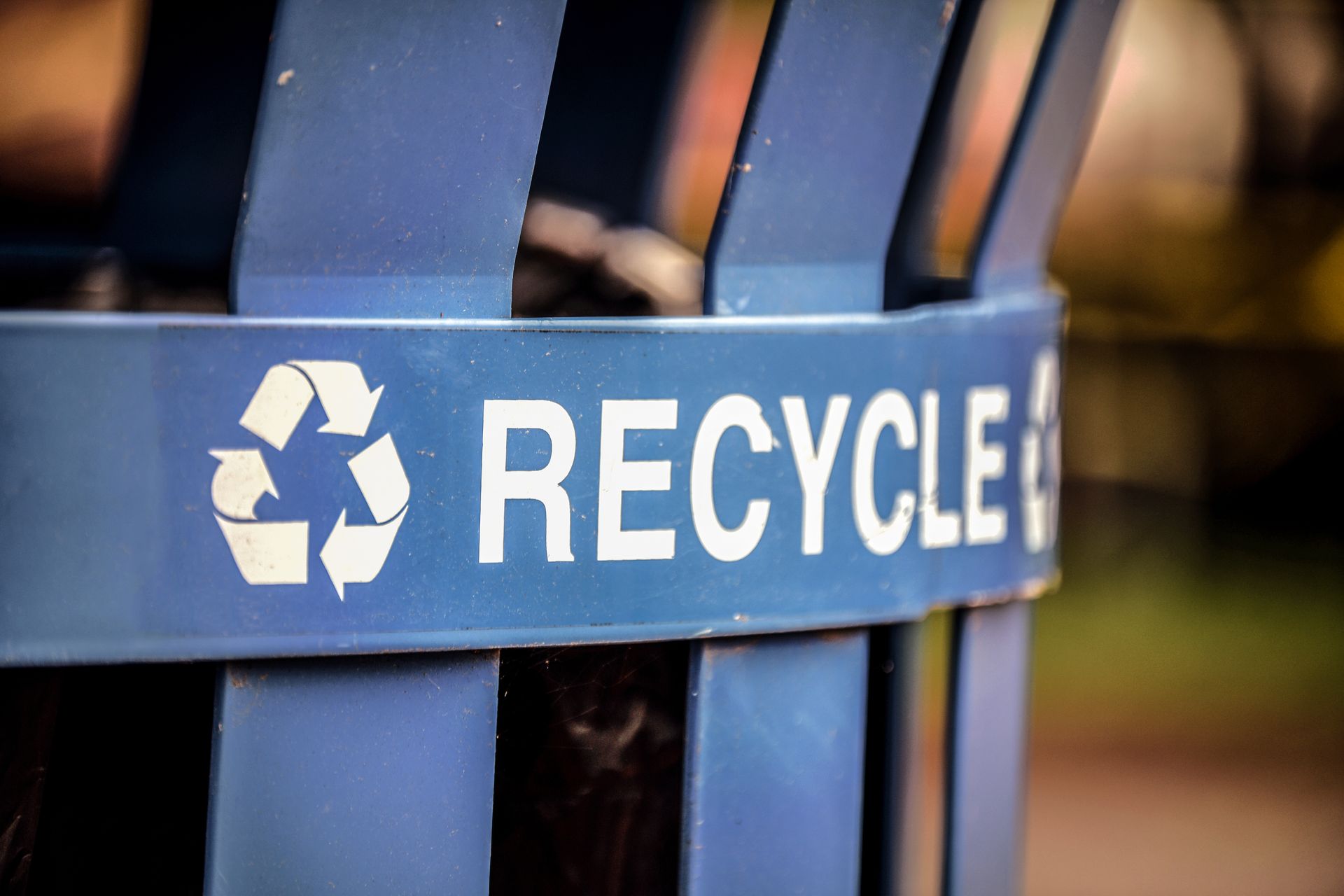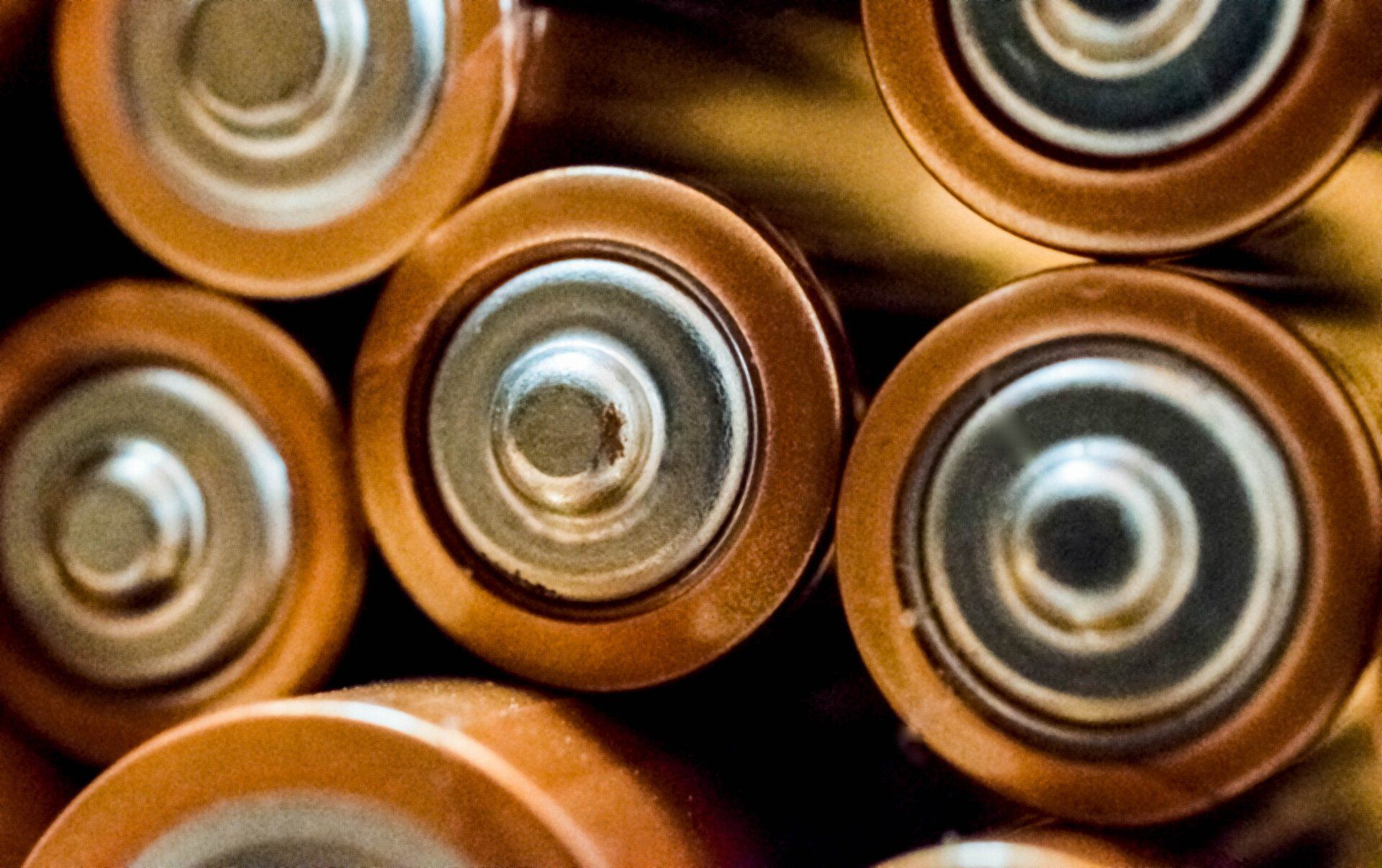Improving Confidence in Local Recycling Programs with Data
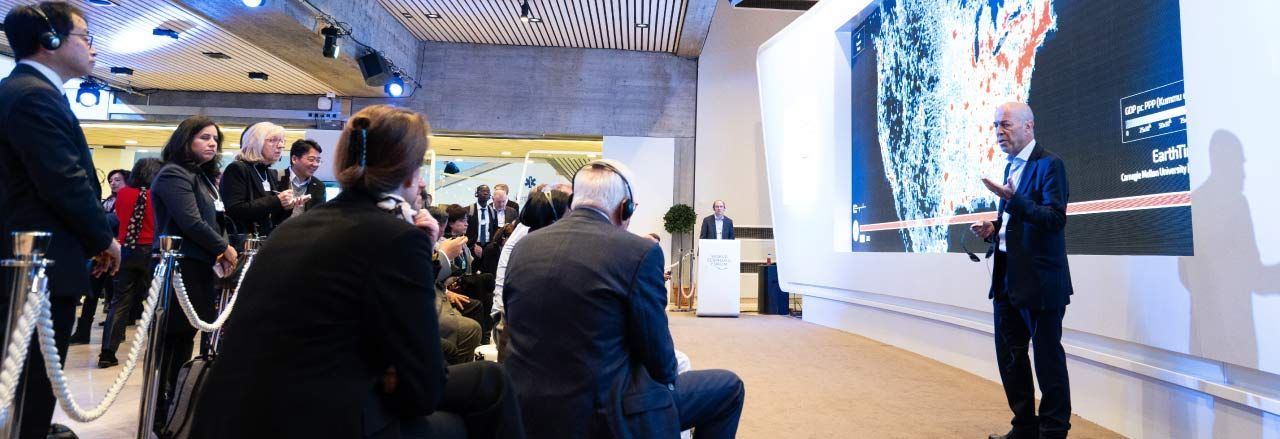
Recycling is a critical function proven to be an effective method for reducing waste, conserving resources, and contributing to economic output. However, many people need more confidence in their local recycling programs and are unsure if their efforts are making a difference. According to the Recycling Confidence Index, a survey by The Recycling Partnership, only 52% of Americans are confident that their recyclables are recycled (The Recycling Partnership, 2021). Low confidence levels can undermine motivation, participation, and the credibility and sustainability of recycling programs. North Americans aren’t alone in this sentiment. A lack of confidence in recycling programs is as much a regional issue as an international one.
So, what can be done to improve confidence in local recycling programs?
This article will explore some causes and solutions for this challenge and how Diversys can support recycling rate tracking to enhance trust and performance through data.
Why People Lack Confidence in Their Local Recycling Programs

A key reason people lack confidence in their local recycling programs is the lack of operational data needed for transparency and accountability from the stakeholders involved. Many people do not know how their materials are processed, where they end up, how much they contribute to environmental and economic benefits, and how their feedback is incorporated into program improvement. Some may also doubt the recycling system's integrity and reliability, especially in light of recent changes in global markets and policies that have disrupted the flow and value of recyclable materials.
A lack of clear and consistent communication from authorities and service providers compounds these concerns. Many people are unsure about what can and cannot be recycled, how to prepare their materials, where to drop them off, and what happens after collection. Some people may receive conflicting or outdated information from different sources, such as websites, labels, flyers, or social media. This can lead to frustration, confusion, and contamination of recyclable materials.
What Governments and Recycling Stewardship Organizations Can Do to Fix This
To address these issues and improve confidence in local recycling programs, governments and stewardship organizations must take proactive and collaborative actions, some of which are already well underway.
- Providing regular and accurate information to the public about the status and performance of recycling programs, such as recycling rates, environmental impacts, economic benefits, challenges, and opportunities.
- Developing and implementing data-backed national or regional standards and guidelines for recycling practices, such as collection methods, sorting criteria, quality control, reporting requirements, and education campaigns.
- Investing in infrastructure, technology, innovation, and market development to enhance recycling processes and products' efficiency, quality, value, and diversity.
- Supporting research and evaluation to measure the effectiveness and outcomes of recycling programs and identify areas for improvement.
- Engaging with the public and other stakeholders to solicit feedback, address concerns, share best practices, and foster a sense of ownership and responsibility for recycling.
Read about the State of Virginia’s recycling rate recommendations and the pivotal role data will play in ensuring they achieve these targets.
How Diversys Supports Recycling Rate Tracking to Improve Confidence in Local Recycling Programs
One of the critical factors that can improve confidence in local recycling programs is having accurate data that can demonstrate the sustainability impact of recycling activities. Data can also help to monitor progress, identify gaps, inform decisions, build reports, and be audited. However, collecting and managing data can be challenging for many recycling programs due to the complexity and variability of the recycling system.
This is where Diversys can help. Diversys is a cloud-based recycling software solution that simplifies data collection and management for recycling programs.
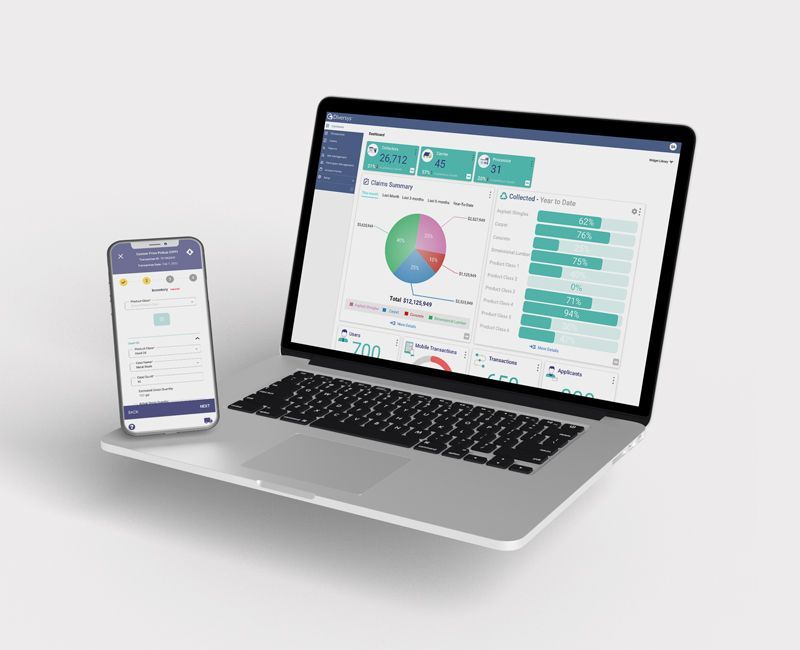
Diversys enables users to:
- Capture data from various sources using mobile devices or web portals
- Standardize data capture and eliminate manual data tracking and management processes
- Track program progress and recycling rates
- Analyze data using dashboards or custom reports
- Share data with stakeholders using secure cloud integrations or export options
- Deliver a complete, auditable picture of recycling operations via reliable data
Using Diversys, recycling programs can improve data quality, accuracy, timeliness, accessibility, and usability. This can lead to better insights, performance, accountability, and communication. Ultimately, this can boost confidence in local recycling programs among recyclers, authorities, service providers, and other stakeholders.
Accurate Recycling Program Data and Rate Tracking
Accurate recycling program data and rate tracking are crucial for improving confidence in local recycling programs. By providing transparent and accountable information about recycling processes and outcomes, stakeholders can better understand the positive impacts of their recycling efforts and the challenges that need to be addressed. Waste diversion and recycling software offer a comprehensive solution for collecting and managing recycling program data, enabling programs to track progress, analyze trends, and share information with stakeholders.
Accurate data tracking and reporting capabilities will also help recycling programs operators, stewards, and government stakeholders enhance their credibility and foster a culture of responsibility and ownership for recycling. As the momentum continues for the adoption of circular economy principles, data-driven recycling tracking solutions can improve confidence in recycling programs with demonstrated sustainability impact, performance reporting, and program auditing.
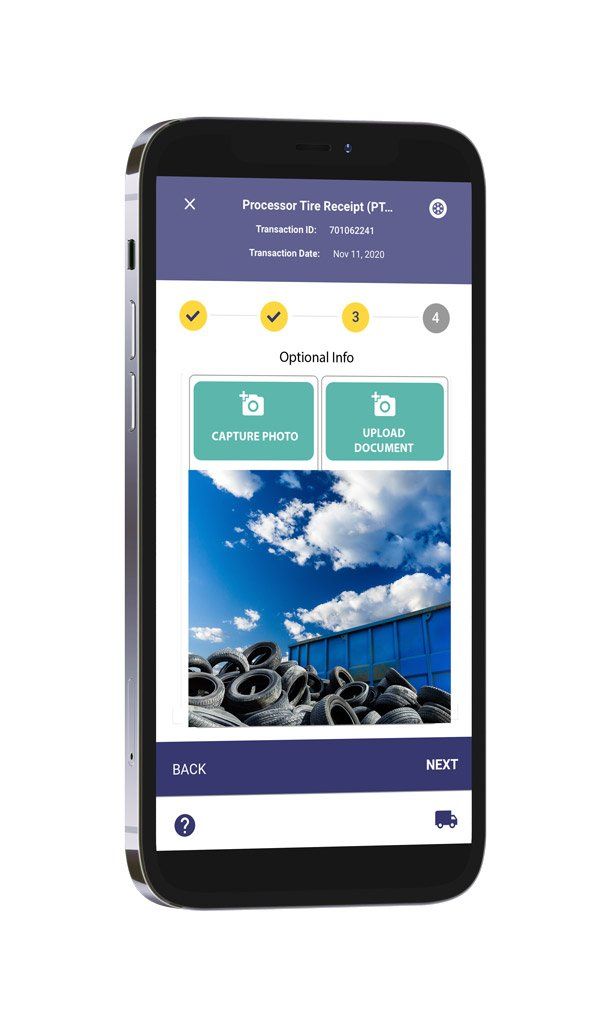
About Diversys
Diversys is proud to have its roots in Ontario, Canada - a province widely recognized for its leadership in EPR and sustainability. Since 2019, we've been dedicated to creating innovative software solutions that drive progress toward a world without waste.
Our story is a testament to the power of hard work, customer loyalty, and big ideas. We are committed to empowering organizations with the waste recycling software solutions necessary for achieving a sustainable future. Our cutting-edge software platform is helping organizations achieve their ESG goals, meet reporting obligations, and improve operational efficiency for their recycling programs.
Our commitment to delivering world-class solutions that drive meaningful progress towards waste reduction and a more sustainable future is unwavering. Our team of industry experts is ready to help you navigate the rapidly-evolving waste management landscape as we progress toward a circular economy.


